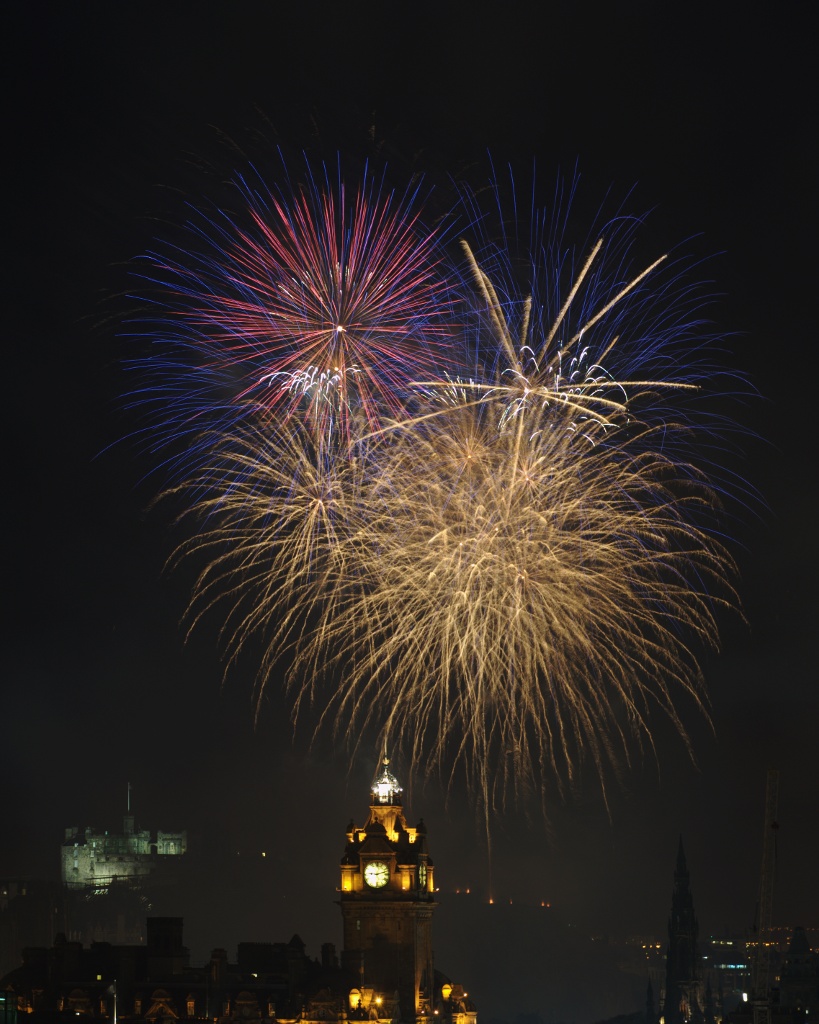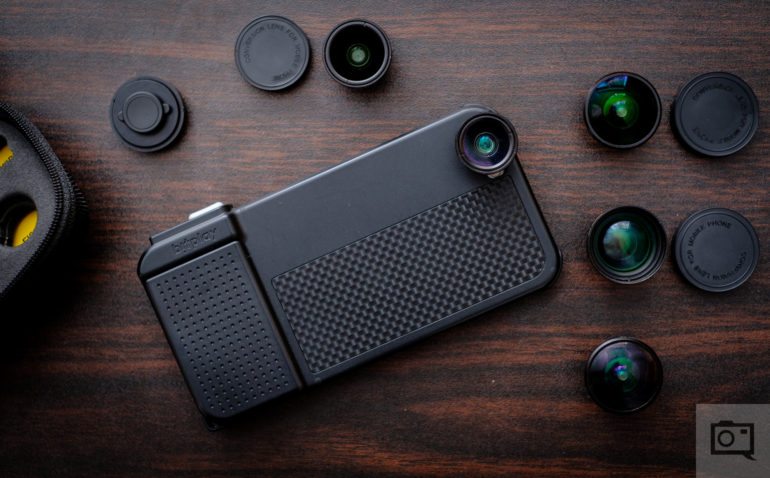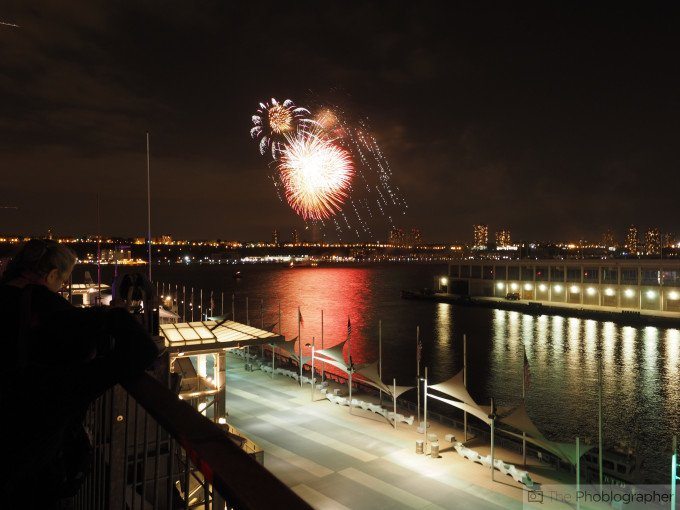Last Updated on 07/01/2016 by Chris Gampat
Lead photo by Michal Ziembicki.
If you’re in the Western Hemisphere, you’re probably celebrating your nation’s Independence Day very soon. Naturally, you’re going to want to take photos and share them on the web for all your friends to like, comment, heart, etc. It’s often a joyous time for all of us; and it should surely be one for you too.
Here are a few tips on how to take better images of fireworks.
If You’re Using a Phone
Mobile photography has become more and more serious for many of us and if you’re using your phone then there are a number of things that you can do. You honestly don’t need a whole lot of wide angle or fisheye lenses; though I’ll be very truthful and tell you that they help a great deal. If you choose to just go barebones though, then consider the following tips:
- Wipe your phone’s lens: I can’t tell you how many images I see online that are absolutely ruined by streaks of light that make an image look like a C-movie that JJ Abrams tried to direct. A clean lens makes for a better photo.
- Use an app with manual controls: Here’s the big problem with phones–their autofocus in low light is atrocious. When big fireworks are going off and then disappear, your phone is going to struggle to keep up. So if you use an app that allows you to have manual focus and shutter/ISO control, then you can keep the focus locked in to a certain area.
- Tuck Your Elbows In: A lot of people tend to stick their arms out when shooting with a phone, but it’s really ineffective. The further away from your chest that your arms are outstretched, the more they’re going to shake. The closer in they are, the more stable they are. For the love of God, tuck your elbows in.
- Embrace Your Cameraphone’s Flaws: Let’s be honest, your camera phone isn’t going to shoot an image that has DSLR or ILC quality no matter how hard some marketing person tells you that it’s going to happen. So embrace the flaws by working accordingly with an app like Instagram, EyeEm, VSCO, RNI Films, MuseCam, etc.
- Dim Your Screen/Charge Your Battery: Dimming the screen saves battery. Do I really need to explain to you that you need battery life to shoot photos? Yes. Yes, I do because we all never expect our phones to die. Do it. Your phone is going to not only die quicker from you taking so many photos and using so much power from the LCD screen, but you’re going to be getting a load of notifications from everyone and their mother. So that’s also going to drain battery life. Airplane mode helps, but you probably won’t want to do that.
Wide Lenses Are Safer Bets. Telephoto Lenses Can Be More Exacting
When you’re shooting fireworks going off, you can choose one or two ways of capturing them. The safe way is to capture a very wide scene and also look at the world in a very wide angle or to focus in on one area with your telephoto focal length. The latter is tougher but can be more rewarding.
In general, combine this tip with the next.
Arrive Early, Secure Your Locations
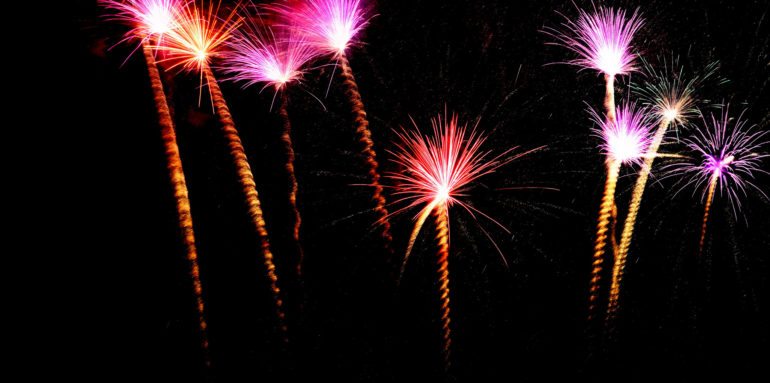
Ask any photographer or photojournalist: years of experience from shooting packed, large events will teach you to arrive to your location early. The reason for this is so that no one gets in your way while shooting or tries to take your spot during setup. Go online and maybe ask someone where you’ll see the fireworks specifically. Get there a bit early to beat the crowd and then shoot to your heart’s content.
Each vantage point will allow you different types of images. Ensure that you’re versatile too in terms of equipment and/or lenses.
Slow Shutter Speed, Closed Aperture, Low ISO, Infinity Focus
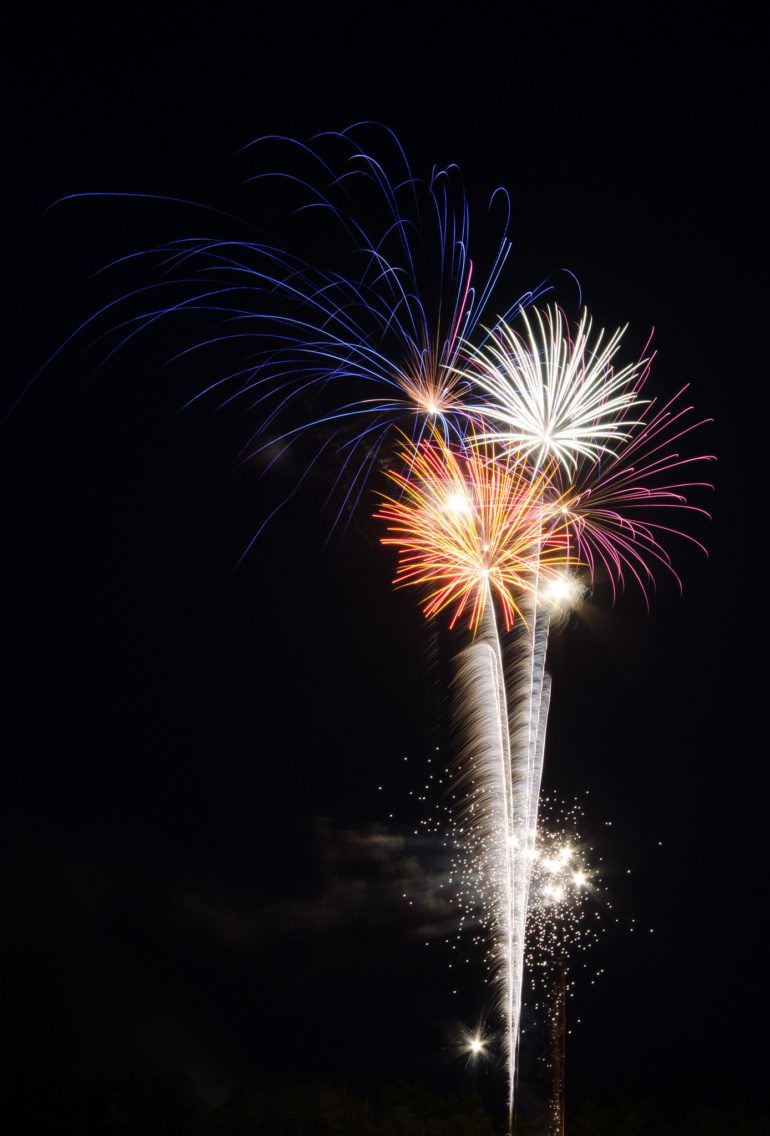
When it comes to shooting photos of fireworks, this is your best bet to get the images that you see often online.
There are specific ways to shoot fireworks, and for the most part it requires this formula:
– Long shutter speed + Low ISO + Narrow aperture = long light trail photos
Shooting around 4-10 seconds long with F11-22 should deliver the quality that you want. To get the cleanest image quality without banding or grain, you may want to go for ISO 100-400. Try to keep the shutter speed that long but you can usually mess with the aperture a bit because you’re focused out to such a far distance away.
When you do this and combine it with great framing/composition as a result from getting to the location early, you’ll be able capture the light trails that we talked about.
Which reminds us: a tripod can help.
Don’t Handhold Your Camera; Bring a Tripod
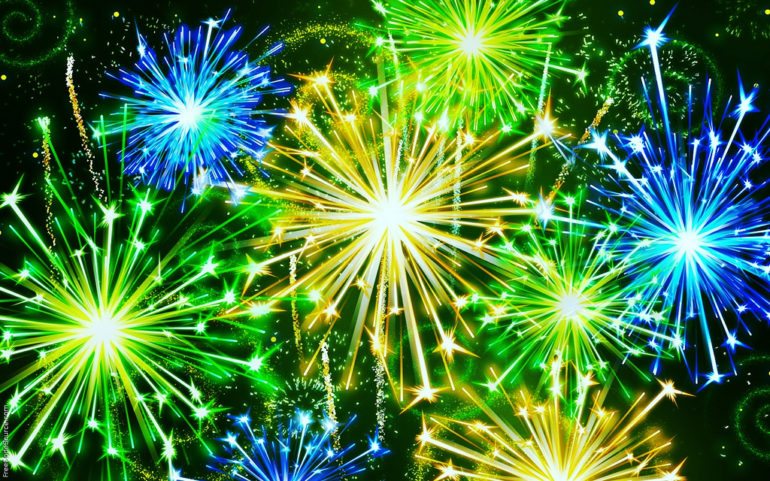
I’ve always been one to hate tripods, but when shooting slow shutter speed photos it can be worth it.
Here’s the situation: You’re taking long exposures at night. Plus, you’re in an area where you will probably elbow-to-elbow with other people jumping around and sticking their phones into the air trying to achieve the same type of image quality that you have but will fail miserably because of camera and motion blur as well as missed focusing. A tripod will ensure that this doesn’t happen.
Further, getting there early will ensure you’re probably not surrounded by these people. If you want to switch locations, keep the camera on the tripod and move to your new setup location.
When combined with the tripod, you’ll also have lots of stability in your photos. Just remember to also turn of the image stabilization in your lenses.
Don’t Push Your Camera’s Processor Too Hard
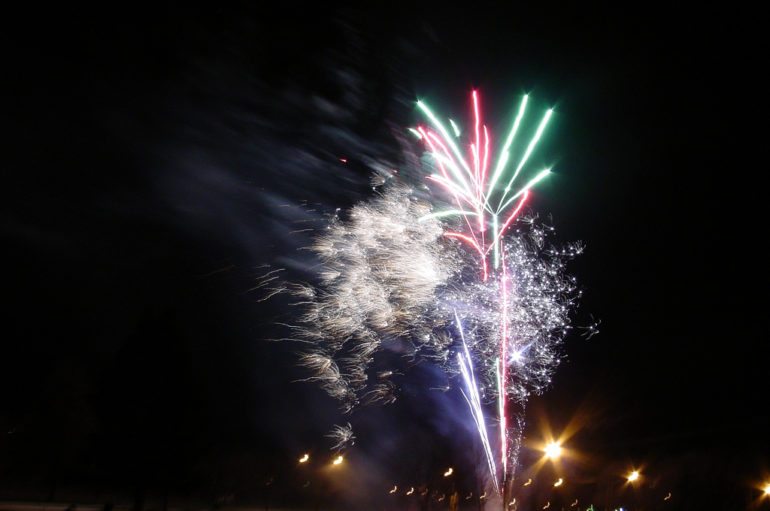
When your camera shoots long exposure images, it takes a while for them to process because of all the information and the noise processing that needs to be done because of the sensor heating up. Take one shot and then wait a little bit to ensure that your batteries don’t die. If you’ve got a faster memory card, then that will alleviate some of the issues.


